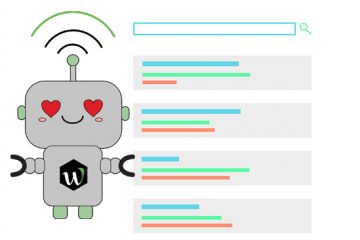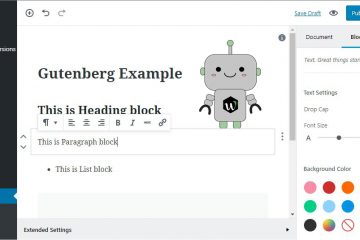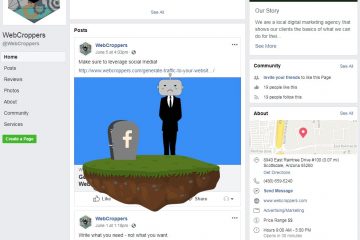There’s no question, site speed is EVERYTHING when it comes to SEO. In a market filled with competition, why should someone have to wait for your site to load? They could just as easily go on to the next website to get what they need.
If you want your site to rank, you need to make sure your pages are lightning fast, giving your users a flawless experience.
Site Speed: Ready, Set, Go!
Site speed is crucial because it’s the foundation of solid “Technical SEO” (elements that give your users a good experience on the site). Even if you take amazing images, write killer content, and structure the site to make it easier for the user, they still need to load those elements to see everything. What good is that high-resolution, crisp video if all the user can see is a loading screen?
Imagine for a moment, that you’re the user. It’s your first time on a new site, terra incognita! How exciting! Now, let’s say you want to read a blog about starting your own garden and this site is the first thing you find on your quest. You have everything ready to get your garden started, your shovel, your seeds, that heavy bag of soil that spilled all over your car. You’re standing in the hot sun waiting for your phone to load the information, and it’s just taking forever! When you click the link to that landing page, you can’t load any of the images, the menu for the specific plant you want to grow doesn’t populate, and you start to get annoyed. The average person won’t sheepishly wait, they will most likely leave. The user has every right to go back to the search results and find something else.
You might be thinking, “Oh! I’ll just cut those elements out to make my site faster.” Wrong! Remember, it’s no longer acceptable to kill off things that slow down your site. Everything online revolves around the visual now, so people expect crisp images, clean videos, long, detailed content, galleries, everything to keep them engaged and coming back for more.
As a website owner, you need to learn how to optimize your site for high-speed performance.
Mobile Speed
Did you know Google started ranking websites based on mobile performance, instead of desktop, back in 2017?
Mobile is a concept that businesses are just now starting to take seriously. It should come as no surprise that your mobile device is not as fast as your desktop or laptop. It just doesn’t have the processing power. Some people compensate for this by creating a “mobile version” of their site. However, the majority of mobile sites today simply mirror the desktop version by default, meaning they are not mobile-friendly. When choosing a platform for your site, make sure that mobile-friendliness is a priority.
According to research by Google, the average mobile site takes over fifteen seconds to load. Most users will leave if a site takes any longer than five seconds. You don’t want to throw away traffic because of slow mobile functionality.
How to Improve Your Site Speed
There are a number of things you can do to improve site speed (limiting render-blocking javascript, removing redundant CSS code, using newer versions of image files like JPEG XS, etc.). But this blog isn’t for coders. It’s for people that run websites, hopefully about what they love. You want quick and easy solutions so you can keep doing what you do best. That’s why you need to fix the most common, most impactful issue facing websites today. Can you guess what it is?
That’s right, it’s your IMAGES!
People don’t consider the size of their images, they’ll just drop them into the content and call it a day. The sum total of your page’s file size should be under 1.5 MBs. In general, this will give you a pretty good load time. However, some people slap in images over 4,000 pixels, effectively adding a 7 MB with just one image; what about the rest of your page? THE MADNESS! A page that would naturally take a second to load now takes 15-20.
The reality is that you only need the “Display Size” of an image (size as it appears on your website). A simple test is to go to your website and right click on the image. Choose the “Open Image in New Tab” option and compare it with what you see on your site. If it’s much bigger, then you need to resize it using Photoshop or some other imaging tool.
The other thing you need to consider is the file size. You can reduce the quality of your image without reducing the size. We highly recommend running your image through a site called “Optimizilla.” Dumb name, we know, but it’s a simple drag and drop tool that’s free and exceeds expectations. Drag your photo in, download the resized version, and replace your bloated image to get the speed you need.
As a little test, go to Google PageSpeed Insights and try a before and after analysis of your website. We think you’ll be pleasantly surprised by the results.
To have your site professionally optimized, including all the CSS and HTML fix-ins, contact the experts at WebCroppers.com today.


